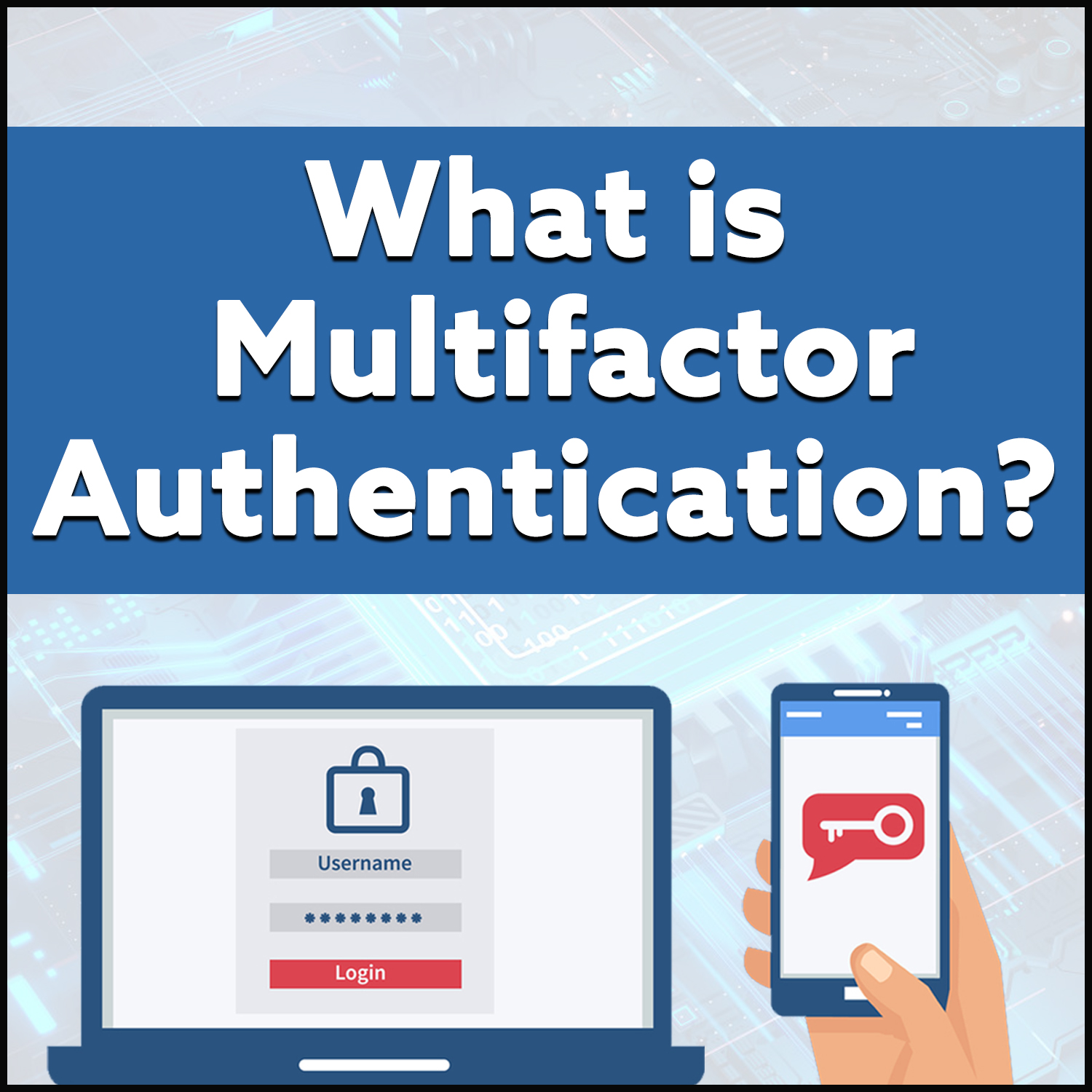
What is Multifactor Authentication?
When you log in to your online accounts, you are asked to prove your identity to the service. Traditionally, this is done with a username and password, but in today’s world, it is not always the most secure way.
Usernames are often straightforward as they are generally just your email address. Additionally, passwords can be challenging to remember. As a result, people tend to choose simple passwords or reuse the same password across multiple services, which is unsafe.
To enhance security, most online services today now offer Multifactor Authentication, also known as Two-Step Verification. When you sign in to the account for the first time on a new device or app (like a web browser), you need more than just the username and password. You will need a second factor to prove your identity.
An authentication factor is a way of confirming your identity when you sign in. The three most common kinds of factors are:
- Something you know (a password or a memorized PIN)
- Something you have (a smartphone or a secure USB key)
- Something you are (a fingerprint or facial recognition)
How does Multifactor Authentication work?
Let’s say you’re going to sign into your email account. You enter your username and password and if that’s all you need, anyone who knows your login information can access your account from anywhere in the world.
But with multifactor authentication enabled, the first time you sign in on a device, you’ll be prompted to enter your second factor to verify your identity. The method to obtain that second factor can vary from app to app. It could be a text message or email that comes to your phone with a code to enter, or you can request a phone call to listen for the code.
In addition, there are also Authenticator apps such as Google Authenticator, Microsoft Authenticator, and Authy that are a more secure form of MFA than one-time codes sent to you via text, email, or phone call. These apps generate number codes that users enter alongside their login credentials to access their accounts. With MFA enabled, if someone else tries to sign in as you, they’ll need your smartphone to access the second factor.
Important Things to Know
You won’t need to complete the second step very often. Multifactor authentication is only required the first time you sign in to an app or device, or after changing your password. Once an app or device is considered “trusted,” you’ll only need your primary factor, such as your password, to log in.
Multifactor authentication isn’t just for work or school. Almost every online service, from your bank to your email to your social media accounts, supports adding a second verification step. You should go into your account settings for those services and turn them on for added security.
Benjamin D. Miller, CBSM, CBSTP, CBEH
Stillman Bank Vice President & Information Technology Officer
References to any specific company, products, processes, or services by trade name, trademark, manufacturer, or otherwise does not necessarily constitute or imply its endorsement, recommendation, or favoring by Stillman Bank.

